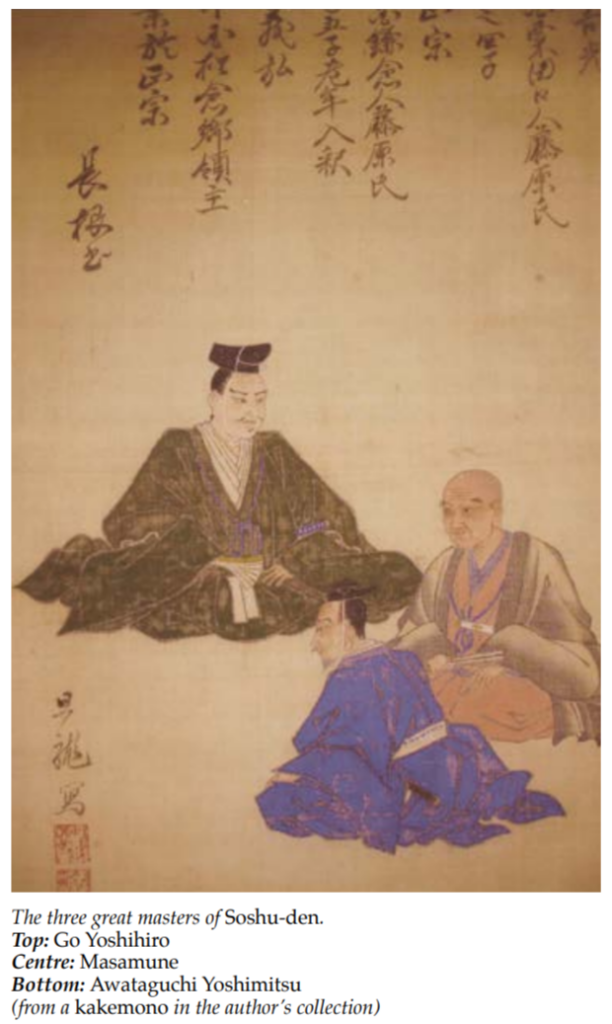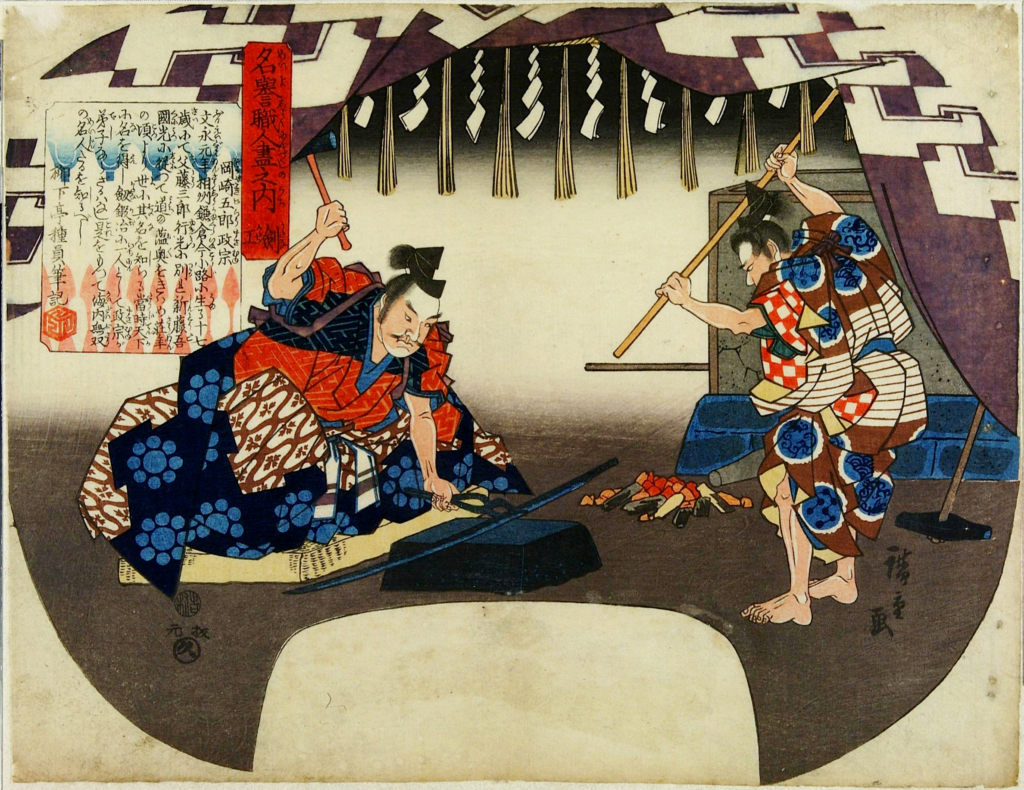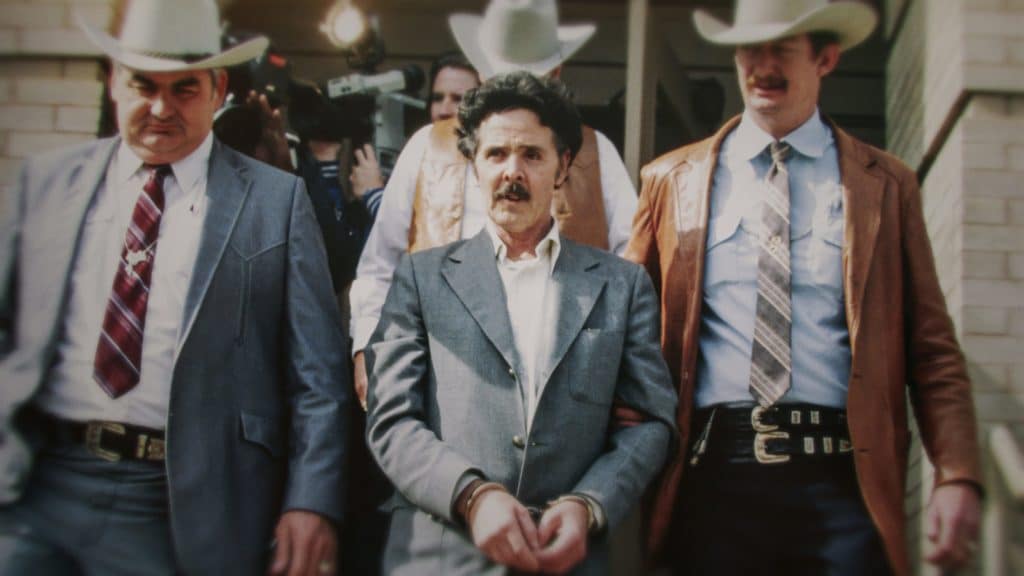It is said to be the finest sword ever made by the master swordsmith Gorō Nyūdō Masamune.
A blade whose cutting edge is so razor-thin that it’s no thicker than an atom. Created over 700 years ago, it was passed down from one shogun to the next for generations. Then came World War Two.
The sword vanished at some point amidst the Japanese surrender and the American occupation.
What happened to this legendary sword? And will we ever find it?
The Art of a Master Swordsman
The swords used by samurai were more than just tools for killing; they represented status and honor.
During the Edo period, only samurai were permitted to carry swords. To have your sword taken away meant losing your privileged place in society.
Many samurai would prefer to commit suicide before losing such a treasured symbol.
Considering the importance that the samurai placed on their swords, it’s no wonder that they became works of art.
The swordmaking process that developed in Japan was highly precise. Over time, various methods developed for turning metal into a perfectly balanced steel blade that would neither bend nor break upon impact.
It wasn’t an easy task, but the master swordsmiths who lived during the 13th century – Japan’s golden age of sword making – knew exactly how to heat and cool the metal.

The key was to make use of steel’s unique properties. Steel is essentially just iron with carbon mixed in. The Japanese masters learned that if they could cool the steel slowly enough, it would lose its carbon and soften into a particularly resilient form of iron.
On the other hand, they could cool the steel rapidly by quenching it in water, resulting in extremely hard metal.
By using these two methods, swordsmiths were able to create swords with a hard cutting edge and a softer, pliant core.
Much of the aesthetic beauty of the swords came from lines that resulted from hammering and folding the metal repeatedly.
The end result of this laborious process was a dark surface that was often covered in intricate lines or streaks. A beautiful samurai sword.
The Birth of the Legendary Masamune Sword
The legend of Honjo Masamune begins with the man whose name it bears – Gorō Nyūdō Masamune.
Born sometime around 1264, Masamune learned his craft from another legendary sword maker, Shintogo Kunimitsu. Masamune was steeped in the Soshu method of swordmaking, which enabled the swordmaker to create swords that were ultra-hard and resilient.
Masamune used seven metal layers with varying hardnesses to create blades that could penetrate even the hardest armor of the time.
This became especially important when Mongol armies under Kublai Khan invaded Japan near the end of the 13th century. The samurai needed swords that could stand up to their tough armor.
The master swordsman created his finest work, the so-called Honjo Masamune, sometime around 1300, but it didn’t appear in the historical record until the 16th century.

That’s when the blade nearly killed a general named Honjo Shigenaga during the battle of Kawanakajima.
An enemy samurai wielding the sword used it to slice into Shigenaga’s helmet, cleaving it in half. Shigenaga survived the blow, dispatched his enemy, and took the legendary sword for himself.
Later on, Shigenaga found himself in need of money. He sold the sword, which eventually ended up in the possession of Tokugawa Ieyasu, who established the Tokugawa shogunate in 1603.
As Japan became increasingly centralized throughout the 250 years of Tokugawa rule, the sword remained a treasured dynastic heirloom.
Even after the Tokugawa shogunate gave way to the Meiji Restoration in 1868, the Tokugawa family managed to hold onto the sword. It wasn’t until World War Two and the arrival of the Allies that this priceless treasure disappeared.
What Happened to the Legendary Masamune Sword?
Beginning in the 1930s, the Japanese government decided that all its officers should wear swords as a reminder of Japan’s honorable warrior culture.
It’s been estimated that about 2 million Japanese officers were eligible to wear swords. Many of these swords were mass-produced and lacked the quality of traditional Japanese swords, but their value was in their symbolism.
Japanese officers proudly carried their swords into combat. In some cases, they even turned their swords on themselves to avoid being captured, just as the samurai had once done.
Japanese soldiers were instructed to fight the Allies to the death. The war in the Pacific was bloody and fierce, but by 1945 the Japanese were facing defeat. Six days after the atomic bombs were dropped on the cities of Hiroshima and Nagasaki, Emperor Hirohito spoke on the radio for the first time and finally announced Japan’s surrender.
One of the first tasks of the American occupation was to disarm the population. American soldiers gathered up all of the remaining Japanese swords, including many centuries-old family treasures. One of these swords was the Honjo Masamune.
Many Japanese citizens complained about the order to give up their swords. It was painful enough for a soldier to hand over his sword; for a family to give up a valuable treasure was heartbreaking.
But the Americans stood by the order. They set up seizure points throughout the country where sword owners were required to go and submit their weapons.
Although some families hid their most valuable swords, Tokugawa Iemasa decided that the honorable thing to do would be to obey the order.
Tokugawa was a descendant of the shoguns who had ruled Japan for centuries. His collection of swords was unimaginably valuable. Still, he bundled up all 15 of his swords and handed them over at a local police station.
That’s the last confirmed mention of the whereabouts of Honjo Masamune. Unfortunately, many swords were melted down by the Americans. Others were sent back with soldiers to the United States, where they were either sold or kept as trophies.
The legendary Masamune sword may well have melted down before it could be saved.
But the 13th-century masterpiece could be sitting safely on a mantelpiece somewhere. It may belong to a midwestern family whose father or grandfather brought it home after the war. If that’s the case, the history of the Honjo Masamune may not be over.

